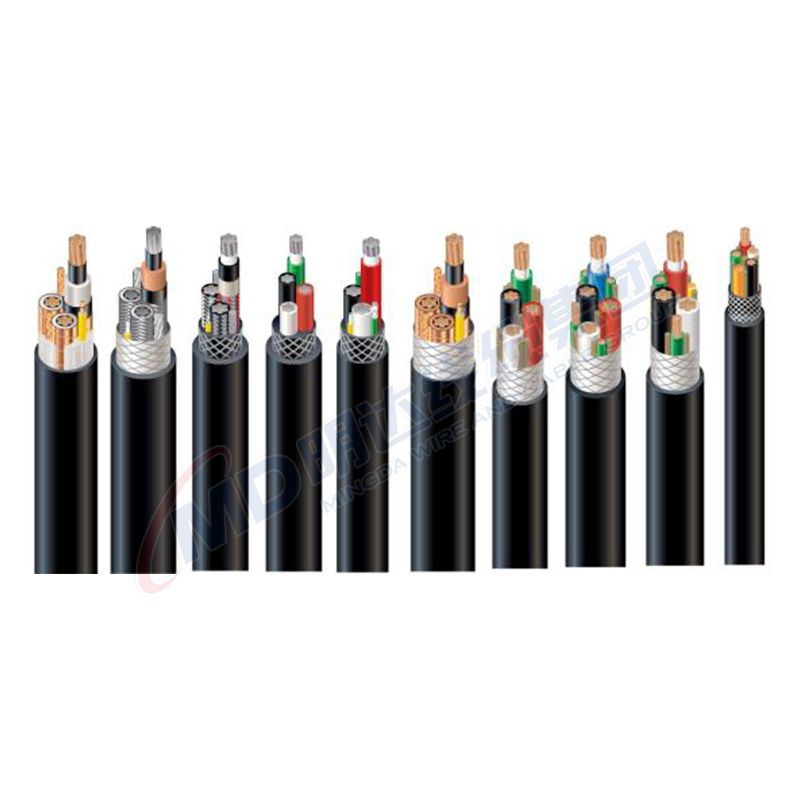9 月 . 01, 2024 23:09 Back to list
Air Release Valve - Efficient Air Management Solutions
Understanding Air Release Valves Importance and Functionality
Air release valves are essential components in various fluid systems, especially in water and wastewater management, as well as in industrial processes. Their primary function is to release trapped air or gas within pipelines, which can cause a range of issues if not properly managed.
When fluid flows through a pipe, air can become entrained, leading to the formation of air pockets. These pockets can disrupt the smooth flow of liquids, resulting in inefficient system operation, pressure fluctuations, and even pump cavitation. If not addressed, these issues can lead to increased wear and tear on equipment and potential system failure.
Air release valves are designed to mitigate these risks by automatically releasing air from the pipeline when necessary. They are typically installed at high points in a pipeline where air is likely to accumulate. The operation of these valves is straightforward; they open to release air and close when liquid reaches the valve level, ensuring that the system remains filled with liquid and free of air pockets.
air release valve

There are two main types of air release valves automatic and manual
. Automatic air release valves are equipped with a float mechanism that activates the valve when air accumulates, while manual valves require human intervention to operate. While both serve the same fundamental purpose, automatic valves offer the advantage of being maintenance-free and ensuring continuous operation without the need for constant monitoring.Choosing the right type of air release valve is crucial for system efficiency. Factors such as pipeline size, flow rate, and the nature of the fluids being transported must be considered to ensure optimal functioning. Additionally, regular inspection and maintenance of these valves are necessary to prevent blockages and ensure their effective operation over time.
In summary, air release valves play a critical role in maintaining the efficiency and reliability of fluid systems. By preventing the accumulation of air and ensuring smooth fluid flow, they help protect equipment and prolong the life of pipelines. Understanding their functionality and importance in various applications is key for engineers and operators involved in fluid management systems.
Share
-
Understanding the Differences Between Wafer Type Butterfly Valve and Lugged Butterfly ValveNewsOct.25,2024
-
The Efficiency of Wafer Type Butterfly Valve and Lugged Butterfly ValveNewsOct.25,2024
-
The Ultimate Guide to Industrial Swing Check Valve: Performance, Installation, and MaintenanceNewsOct.25,2024
-
Superior Performance with Industrial Swing Check Valve: The Essential Valve for Any SystemNewsOct.25,2024
-
Industrial Swing Check Valve: The Ideal Solution for Flow ControlNewsOct.25,2024
-
You Need to Know About Industrial Swing Check Valve: Functionality, Scope, and PerformanceNewsOct.25,2024